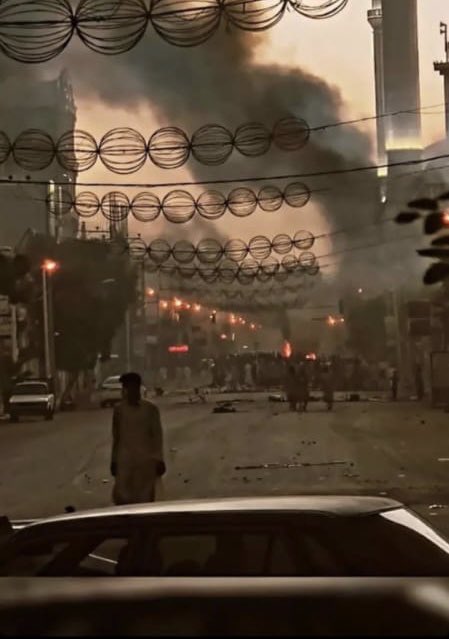A few days past the Black Friday of Zahedan and the death toll from the military suppression of protesters has risen to 82, according to Amnesty International (this number, however, is closer to 91 based on eyewitness accounts). Zahedan’s September 30th incident marked the deadliest clash since the start of the nationwide uprisings in Iran, and yet, the news of its fatalities and the in-need injured have shockingly been fleeting both within and outside of Iran.
Hundreds of Sunni minority Balochis of the city of Zahedan gathered after Friday prayers to protest the rape of a 15-year-old Baluch girl by Ebrahim Kouchakzaei, the police chief officer of the port town of Chabahar, near Zahedan. The protests were ignited as an overlapping cause amidst the ongoing unrest over the murder of Mahsa Amini, a 22-year-old Kurdish girl, by the morality police in Tehran. In the course of an hour, military bullets were shot at the Balochi protesters, drenching streets in blood and killing around 60 people on the spot while injuring more than 300. In the days following, more injured protesters have been dying in the most marginalized region of the country.
The brutal attack, combined with the lack of healthcare facilities, complete Internet blackout, and the media’s deafening silence, have dragged more lives to the graveyards of the ethnic-religious minority of Sunni Baloch. It is not a coincidence that the death of more than 90 Balochis falls in the blind spots of both national and Western mainstream liberal media. The historical marginalization of Balochis, intensified by the current Shia religious autocracy of Khamenei [Supreme Leader] in Iran, has paved the way for such disregard. Similar to Arabs of Khuzestan, Turks of Azerbaijan province, Kurds of Kurdistan, and all other borderland communities, the rightful socioeconomic and civil demands of Balochis have been framed as threats to the territorial sovereignty of the state and suppressed inordinately. In the meantime, Kurdish and other activists, particularly from historically marginalized communities, are calling attention to the disparity in the news coverage of the ongoing protests in Iran, where certain deaths appear to carry more symbolic power than others.



Comment here